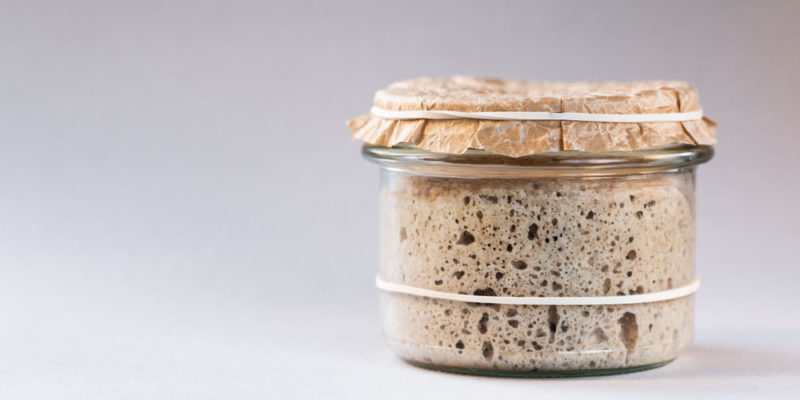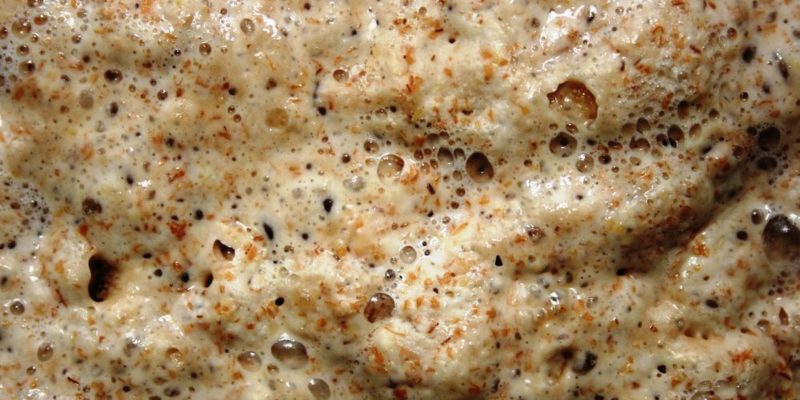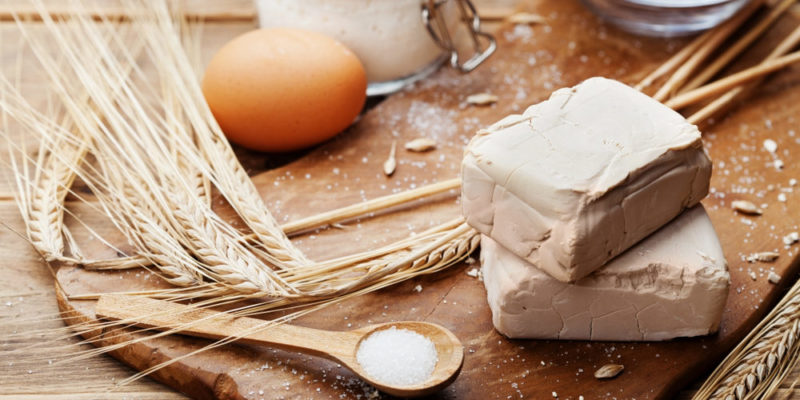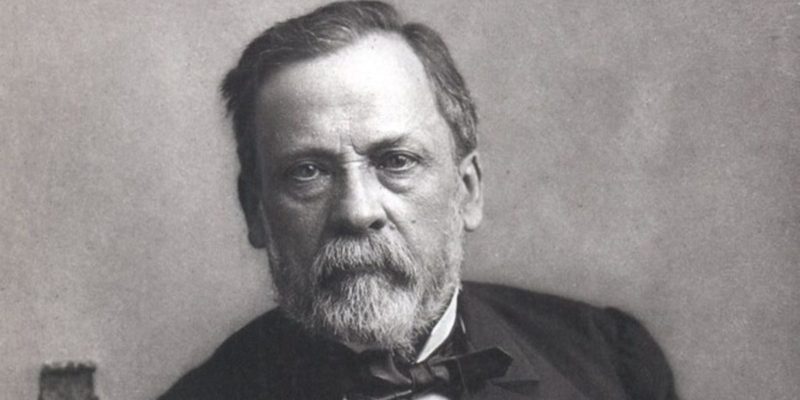We explain what yeast is and what it is usually used for. In addition, its discovery and what are its main characteristics.
What is yeast?
Yeasts are a particular type of fungi , very important for man because of their prominent role as fermentation agents in various industrial processes. When we speak of "yeast", in general it refers to the yeast of bread, Saccharomyces cerevisiae , with which various bakery products are made. However, the group of yeasts is very broad. For example, there are yeasts that are pathogens of humans or animals ; These include Candida and Cryptococcu s.
Yeasts are heterotrophic organisms (they can only feed on preformed organic matter) and they are found in almost all natural habitats, including flowers, fruits, skin , mucous membranes, soil , water , stored fruits, etc.
Yeast characteristics :
Eukaryotic organisms
Because they are eukaryotic, they have their genetic material inside a nucleus , not free in the cytoplasm (like bacteria ).
They are unicellular and form colonies
 Yeasts are single-celled organisms , and they form colonies just like bacteria do. The cells of yeasts are round or oval, are 3 to 30 microns in diameter. The colonial diameter is about 3 to 7 mm, and the colonies can be creamy or opaque; they become visible in 2 or 3 days.
Yeasts are single-celled organisms , and they form colonies just like bacteria do. The cells of yeasts are round or oval, are 3 to 30 microns in diameter. The colonial diameter is about 3 to 7 mm, and the colonies can be creamy or opaque; they become visible in 2 or 3 days.
Reproduction
Reproduction is generally an asexual process , but a conjugation or sexual reproduction process is also known . As a result, yeast can exist in a haploid or diploid state.Yeast reproduction occurs by budding, sporulation, or fission .
They are facultative anaerobic organisms
 This implies that yeasts can live with or without oxygen ; if there is no oxygen, they obtain their energy by fermentation (for example, alcoholic), with lower energy yield.
This implies that yeasts can live with or without oxygen ; if there is no oxygen, they obtain their energy by fermentation (for example, alcoholic), with lower energy yield.
Habitat
These unicellular fungi (yeasts) are typical of habitats with sugars such as fruits , tree bark , and flowers.
Yeast fungi
 Yeasts are also called yeast fungi. In this way they differ from filamentous fungi , which are those that form mycelia, those typically cottony or powdery structures.
Yeasts are also called yeast fungi. In this way they differ from filamentous fungi , which are those that form mycelia, those typically cottony or powdery structures.
Spoil food
Yeasts often spoil food . Precisely by being able to use complex substances such as starch, they grow in a wide variety of foods, even in foods with high acidity or low humidity.
Ferment
 In the context of the food industry, it is called "ferment", since the process that leads to the decomposition of complex substances and the release of carbon dioxide , alcohol, acids and other compounds is called fermentation.
In the context of the food industry, it is called "ferment", since the process that leads to the decomposition of complex substances and the release of carbon dioxide , alcohol, acids and other compounds is called fermentation.It is marketed in different forms, the most common being as pressed or dehydrated yeast .
Very fast reproduction, and not very demanding in nutritional terms
Furthermore, they can be genetically transformed quite easily . For this reason, yeasts are often used as biological models for the study of various metabolic processes or to obtain recombinant proteins .
Discovery of fermentation
 In 1859, Louis Pasteur discovered the fermentation process associated with the yeast in bread : by feeding on the sugars derived from the starch that is in the flour, this microorganism produces carbon dioxide. This gas expands the gluten proteins contained in the flour, causing the dough to expand.
In 1859, Louis Pasteur discovered the fermentation process associated with the yeast in bread : by feeding on the sugars derived from the starch that is in the flour, this microorganism produces carbon dioxide. This gas expands the gluten proteins contained in the flour, causing the dough to expand.
Vitamin supplement
Yeast extract is marketed as supleme nto vitamin , it consists of a high proportion of protein (50%) and is also an excellent source of vitamins such as niacin, and folic acid. It also provides iron and magnesium .The above content published at Collaborative Research Group is for informational and educational purposes only and has been developed by referring reliable sources and recommendations from technology experts. We do not have any contact with official entities nor do we intend to replace the information that they emit.
She has pursued her studies in The United States, where she has graduated in Business and Economics and is currently finishing her Master studies in International Economics and Finance. Miss. Amputee is fluent in three languages: English, Spanish and Russian and has elementary knowledge of French and Italian. She love exploring how Collaborative Research Group can become the best tool to achieve the (necessary) educational change. .
Leave a reply
Your email address will not be published. Required fields are marked *Recent post

Sport: What Is It, Types, Risks, Features, Characteristics and Examples
September 23, 2021

Dogs: Emergence, Features, Characteristics, Feeding and Breeds
September 24, 2021

Story: Definition, Elements, Structure, Features and Characteristics
September 24, 2021

Essay: Definition, Structure, Features, Characteristics, How to Do It
September 24, 2021
